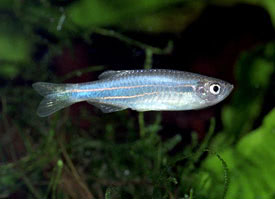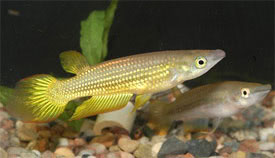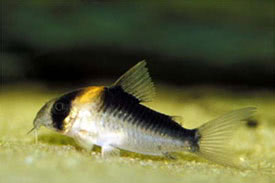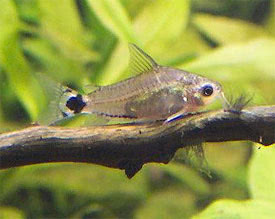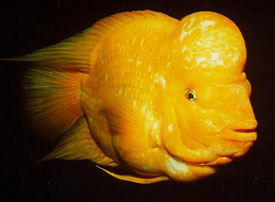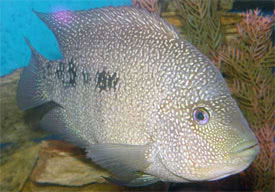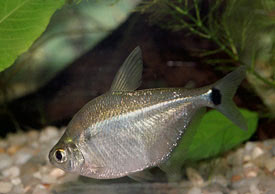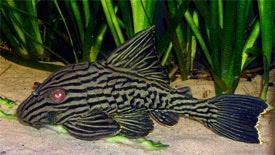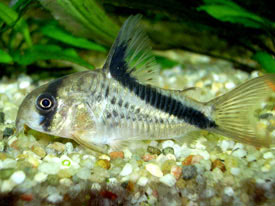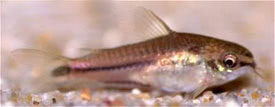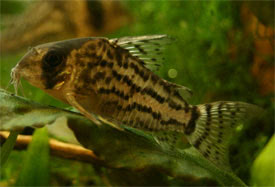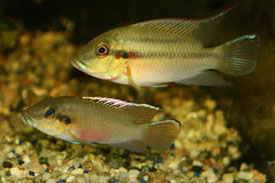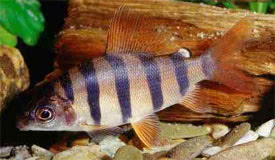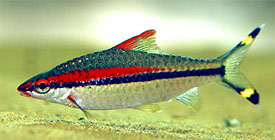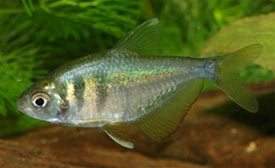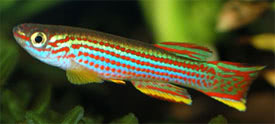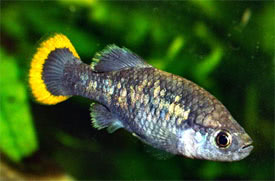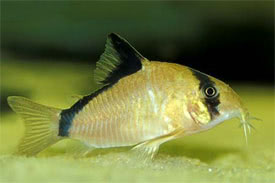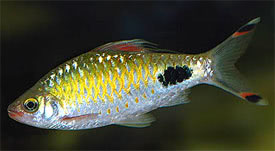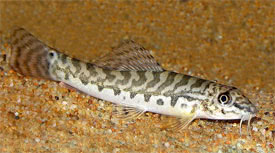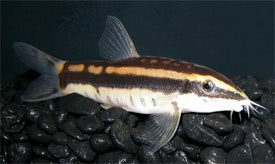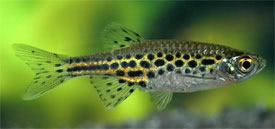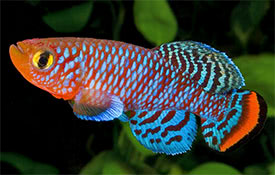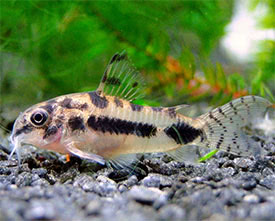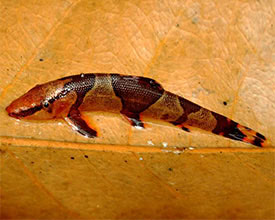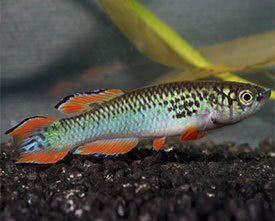
 Magyarul / Hungarian
Magyarul / Hungarian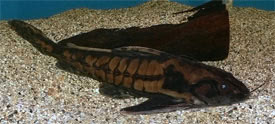
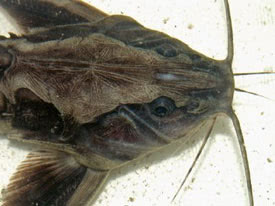
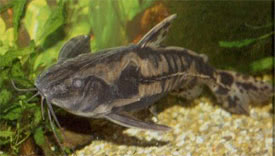
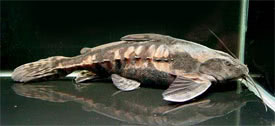
- Scientific name: Megalodoras uranoscopus
- Synonyms: Doras libertatis, Doras uranoscopus, Hoplodoras uranoscopus, Megalodoras irwini, Megalodoras libertatis
- Common name: Giant Raphael Catfish, Mother of Snails Catfish
- Group: Catfishes
- Habitat: South America; Ecuador, Bolivia, Brazil, Columbia, Peru
- Size: 70 cm
- Biotope: Inhabits in slow-moving and standing waters usually among roots or submerged vegetation.
- Social behavior: Peaceful, even colossal full-grown specimens are quite docile, but the restrictive environment of most home aquaria is unsuitable for such large catfish. Keep with similar-sized robust peaceful tank mates.
- Diet: Omnivorous; mainly snails, but palm fruits are also eaten in nature. In aquarium they will eat anything: sinking pelleted foods, live and frozen foods, aquatic snails, etc.
- Breeding: Unreported in the home aquarium.
- Tank: Minimum 1500 litres
- Population: 2-3 fish for 1500 litres
- Decoration: Provide plenty of hiding places from driftwood, clay flowerpots or plastic pipes. Use sandy or fine gravel substrate.
- Temperature: 21-25 °C
- pH: 5.8-7.4
- Hardness: 1-25 NK°
- Lifespan: 20 years
Description: One of the largest Doradidae. Its dark brown plates, strong spines and olive and brown spots make it easy to identify. The body and head are covered in dark brown to black blotches. Only suitable for lagre aquaria. This catfish has two pairs of barbels. In nature this catfish occurs in small groups and occasionally forms schools. Due to its protective armor and thick skin Giant Raphael Catfish can even be kept with aggressive cichlids.
Giant Raphael Catfish can produce sounds in two ways: locking the spiny pectoral fins into their sockets, and grind the spines against the inner part of the socket, or they can resonate their swim bladder with a muscle that is attached to the back of the skull, which has a deeper tone.
In nature the species is triggered to migrate and subsequently reproduce by drastic environmental changes and it is currently impossible to replicate these in a closed system such as an aquarium.
















